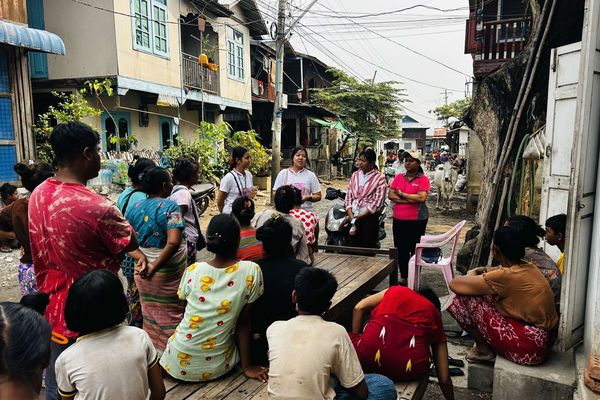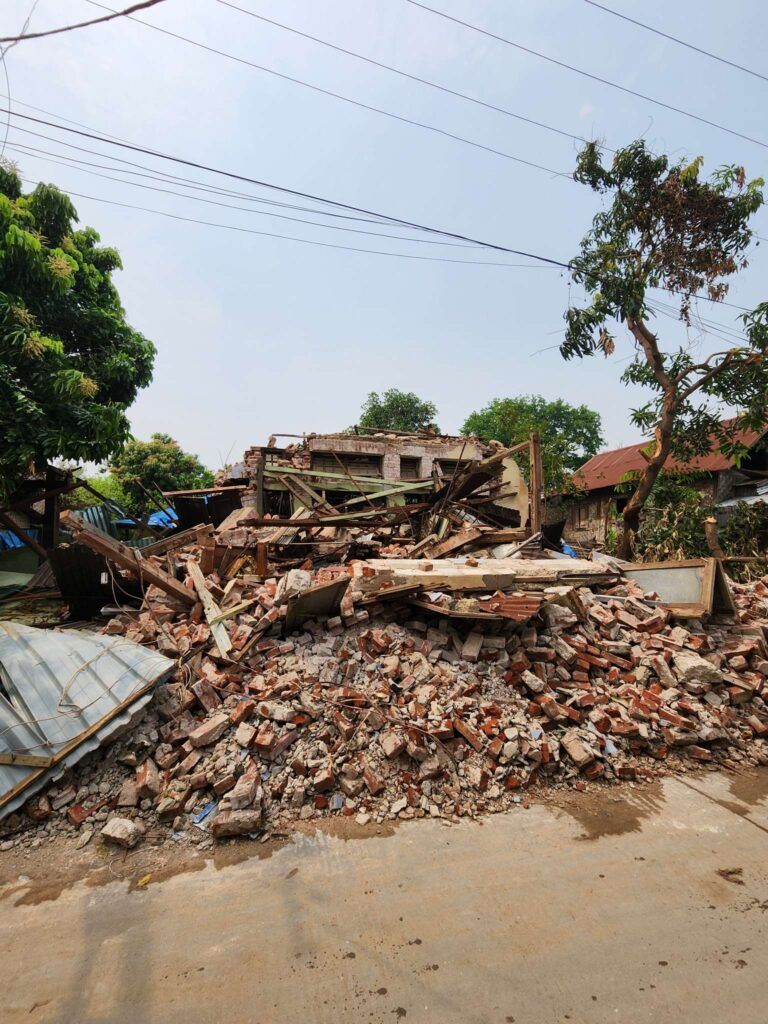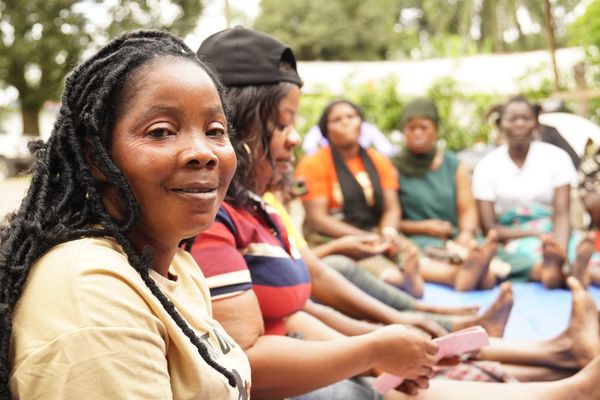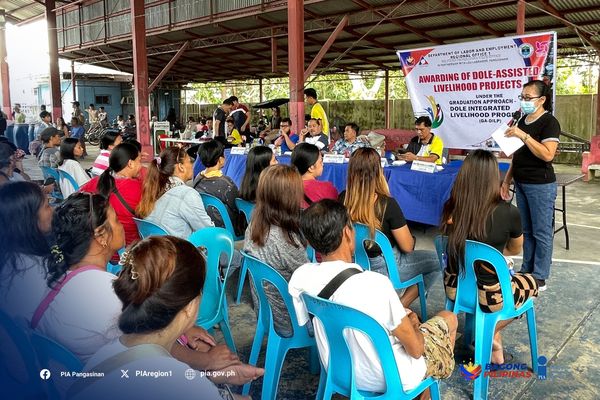
Date: 15 Apr 2025
It has been over two weeks since the Myanmar earthquake struck on 28 March. Humanitarian needs continue to grow as relief efforts move from emergency response to early recovery and rebuilding of lives, homes, and essential services.
In addition to the death toll of over 3,600 and rising, thousands of people have been displaced and critical infrastructure has been left in ruins. According to a situation report from the Office for the Coordination of Humanitarian Affairs, or OCHA, more than 17.2 million people are living in affected areas, and urgently need food, drinking water, healthcare, cash assistance and emergency shelter.
Meanwhile in the latest situation report, our colleagues in BRAC Myanmar confirm that 120,000 homes have been damaged or destroyed, 47 roads and 25 bridges impacted, and hundreds of religious and cultural sites lost. In the hardest-hit areas of Sagaing and Amarapura townships, over 70% of buildings have suffered significant damage and access to basic services such as power and water remains limited.

BRAC Myanmar has mobilised swiftly, conducting needs assessments through field visits and focus group discussions in the affected townships. Immediate life-saving support—including rice, emergency food, and medicine—has already been delivered to 200 households.
From 10 April, BRAC is initiating direct cash transfers to support 25,000 affected households in its programme areas. With an initial commitment of USD 95 thousand from the social welfare reserve of BRAC Myanmar Microfinance Company Limited, the funds will help families meet urgent needs such as food and shelter repairs. BRAC is also engaging with partners, including UNOPS-LIFT, to coordinate a broader recovery response.
As humanitarian needs evolve rapidly, additional support is urgently required. A coordinated and well-resourced response will be essential not only to meet immediate needs but to help communities rebuild lives, homes, and livelihoods in the weeks and months ahead.


